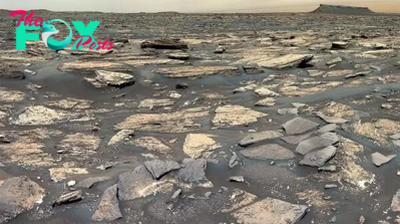Science
'Unprecedented,' 'Gobsmacked', 'Unbelievable': Changes in Antarctica's sea ice could have dramatic impacts, says climate scientist Edward Doddridge
On Aug. 16, 1897, the Research Vessel Belgica set sail from Antwerp, Belgium. The ship's destination — via Rio de Janeiro, Montevideo and then Punta Arenas, Chile — was Antarctica, a continent that until that time remained completely unexplored by westerners.
The new land was not kind to its visitors. Shortly after its arrival, the Belgica became stuck in the thick halo of pack ice that surrounded the continent. As the Antarctic's dayless winter set in, the ship's 18 man crew were pushed to their mental and physical limits, consuming penguin and seal meat to survive.
"We are as hopelessly isolated as if we were on the surface of Mars," wrote Frederick Cook, the Belgica's American physician, in 1898. "And we are plunging still deeper and deeper into the white Antarctic silence."
In the days of faint sunlight that came in the following spring, the ship's desperate, disease-ridden crew resorted to dropping sticks of dynamite around the vessel, blasting the thick sea ice that enclosed them to create a narrow path to freedom. All but two of the crew survived the ordeal.
But now, for large parts of the year, the once plentiful sea ice encountered by the ill-fated voyage seems to be disappearing.
To discuss the expedition's History; the importance of Antarctica's sea ice in regulating the global climate; and the planetary implications of its growing absence, Live Science sat down with University of Tasmania oceanographer and climate scientist Edward Doddridge, who uses mathematical models and observations to understand the dynamics of the region. Here's what he had to say:
Ben Turner: What was the voyage of the RV Belgica? And how did it contribute to our understanding of Antarctica?
-
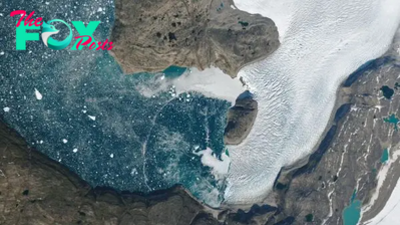
 Science22h ago
Science22h agoEarth from space: Mysterious wave ripples across 'galaxy' of icebergs in Arctic fjord
-

 Science1d ago
Science1d ago'We're meeting people where they are': Graphic novels can help boost diversity in STEM, says MIT's Ritu Raman
-
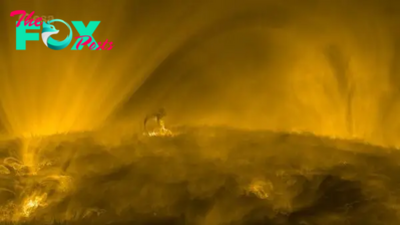
 Science1d ago
Science1d agoSpace photo of the week: A planet-size explosion rocks the sun's 'mossy' corona
-

 Science2d ago
Science2d agoChina launches Chang'e 6 sample-return mission to moon's far side
-

 Science3d ago
Science3d agoWe Still Don’t Fully Understand Time
-

 Science3d ago
Science3d agoJames Webb telescope spots wind blowing faster than a bullet on '2-faced planet' with eternal night
-
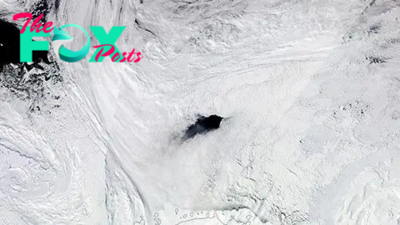
 Science3d ago
Science3d agoAntarctic ice hole the size of Switzerland keeps cracking open. Now scientists finally know why.
-
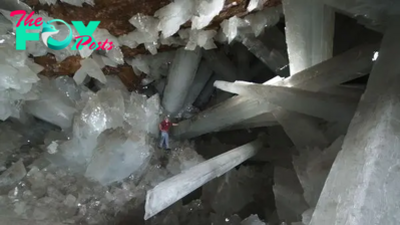
 Science3d ago
Science3d agoCave of Crystals: The deadly cavern in Mexico dubbed 'the Sistine Chapel of crystals'




